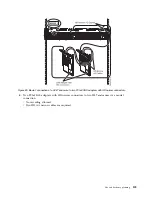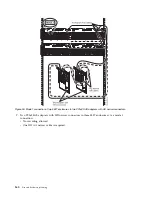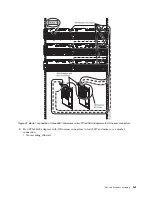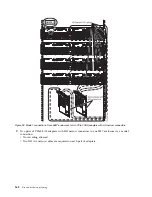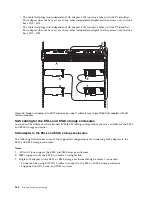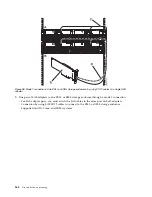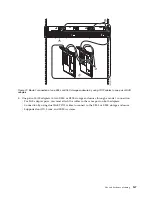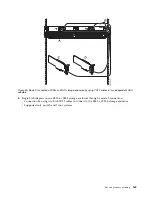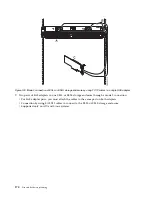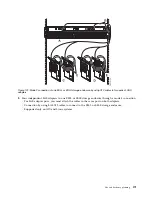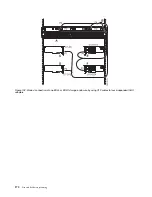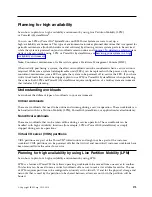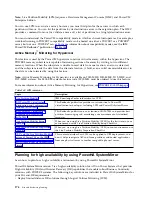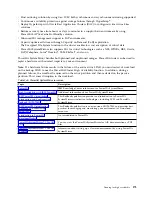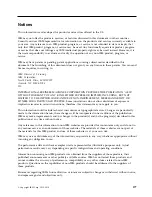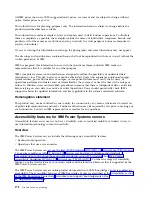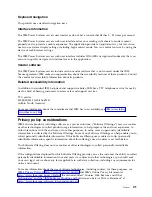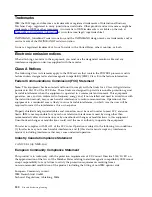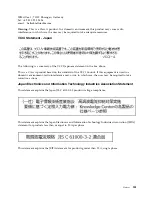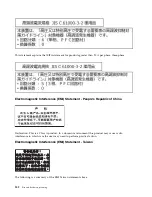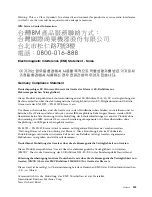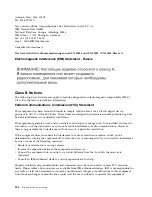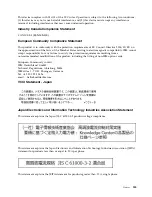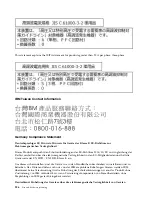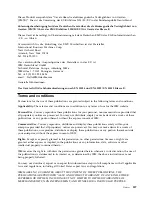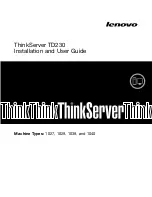
Planning for high availability
Learn how to plan for a high availability environment by using Live Partition Mobility (LPM)
or PowerHA SystemMirror
®
.
You can use LPM or PowerHA
®
SystemMirror on IBM Power Systems servers to set up a
high-availability environment. This type of environment minimizes planned downtime that is required for
periodic maintenance (for both hardware and software) by allowing various system parts to be serviced
while the system is powered on (and workloads remain online and running). To determine which system
parts can be serviced by using LPM or PowerHA SystemMirror, see Servicing your system in a high
availability environment.
Note:
Concurrent maintenance of cable cards requires a Hardware Management Console (HMC).
When initially purchasing a system, the effect on workloads must be considered when a service action is
required. While some system field-replaceable units (FRUs) can be replaced with the power on by using
concurrent maintenance, some FRUs require the system to be powered off to service the FRU. If you have
critical workloads that cannot be stopped, plan to use LPM or PowerHA SystemMirror when purchasing
the system. Both LPM and PowerHA SystemMirror require configuration of a multi-system environment
that includes I/O planning.
Understanding workloads
Learn about the different types of workloads in your environment.
Critical workloads
These are workloads that need to be online and running during a service operation. These workloads can
be handled with Live Partition Mobility (LPM), PowerHA SystemMirror, or application-level redundancy.
Noncritical workloads
These are workloads that can be taken offline during a service operation. These workloads can be
handled with high availability functions (for example, LPM or PowerHA SystemMirror) or simply
stopped during service operations.
Virtual I/O server (VIOS) partitions
VIOS partitions are part of the PowerVM
®
infrastructure and might not be a part of the customer
workload. VIOS partitions can be powered off after the (critical and noncritical) customer workloads have
been removed from the server for service.
Planning for high availability by using Live Partition Mobility (LPM)
Learn how to plan for a high availability environment by using LPM.
LPM is a feature of PowerVM that allows operating workloads to be moved from one server to another.
This feature can be used to move critical workloads off a server to make it available for service. The use
of LPM requires partitions to be configured exclusively with virtual I/O and for the physical storage and
networks that is used by the partition to be shared between all servers on which the partition will be
hosted.
© Copyright IBM Corp. 2015, 2016
173
Summary of Contents for 8408-44E
Page 1: ...Power Systems Site and hardware planning IBM...
Page 2: ......
Page 3: ...Power Systems Site and hardware planning IBM...
Page 16: ...xiv Site and hardware planning...
Page 18: ...2 Site and hardware planning...
Page 22: ...6 Site and hardware planning...
Page 51: ...Figure 19 Model 0555 and 7014 S25 plan view Site and hardware planning 35...
Page 192: ...176 Site and hardware planning...
Page 204: ...188 Site and hardware planning...
Page 205: ......
Page 206: ...IBM Printed in USA...

